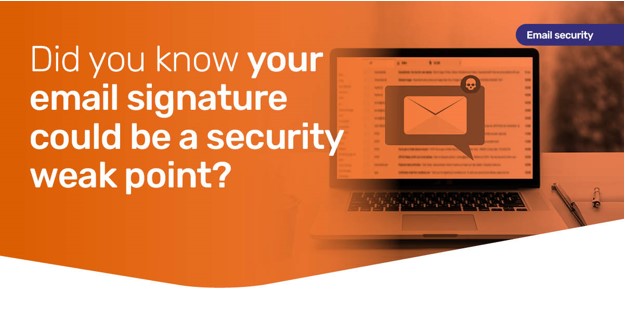 Introduction: A Common Oversight
Introduction: A Common Oversight
In the hustle and bustle of running a business, it’s easy to overlook the small details—like your email signature. While it may seem like just a professional touch at the end of your emails, your signature can actually be a significant security vulnerability. Let’s dive into why this is a growing concern and how you can safeguard your business.
Understanding the Threat
Imagine this: you receive an urgent email from a trusted client, complete with their familiar signature. You follow the instructions, only to discover later that it was a cleverly disguised scam. This scenario is becoming all too common as cybercriminals exploit email signatures to launch phishing attacks, spoof identities, and spread malware.
Why Are Email Signatures Vulnerable?
- Personal Information: Email signatures often contain names, titles, and contact details—information that can be used to craft convincing phishing emails.
- Consistency and Trust: The familiarity of a signature builds trust. Cybercriminals take advantage of this by replicating signatures to deceive recipients.
- Hyperlinks: Links in signatures can lead to malicious sites. If not carefully checked, clicking these links can compromise your security.
Common Misconceptions
Many believe that email signatures are merely branding tools or that only large companies need to worry about them. In reality, small and medium-sized businesses (SMBs) are often more vulnerable due to less robust security measures. Even simple signatures can be exploited, so it’s crucial to take security seriously.
Creating Secure Email Signatures
To protect your business, consider these best practices:
- Keep It Simple: Limit your signature to essential information—your name, title, company name, and contact details. Avoid unnecessary graphics that could hide malicious content.
- Verify Links: Always check that links point to legitimate websites. Hover over them to see the actual URL before clicking.
- Standardize Across Your Team: Implement a company-wide email signature template. This not only looks professional but also helps in identifying suspicious emails.
- Regular Updates: Review and update signatures regularly to ensure all information is current and accurate.
Educating Your Team
Even the most secure email signature won’t protect your business if your team isn’t aware of the risks. Conduct training sessions to help employees recognize phishing attempts and understand the importance of email signature security.
Implementing Additional Security Measures
Consider enhancing your email security with:
- Encryption: This scrambles your email content, making it unreadable to anyone who intercepts it.
- Digital Signatures: These verify the sender’s identity and ensure that the email hasn’t been tampered with.
- Two-Factor Authentication (2FA): Adding this extra layer of security makes it much harder for cybercriminals to access your accounts.
- Secure Email Gateways: These act as a filter, blocking phishing attempts and malware before they reach your inbox.
Conclusion: Stay Vigilant
Understanding the risks associated with email signatures is the first step in protecting your business. By implementing secure practices and educating your team, you can significantly reduce the chances of falling victim to cyber threats. If you need assistance in fortifying your email security, don’t hesitate to reach out to experts who can help you navigate these challenges.







